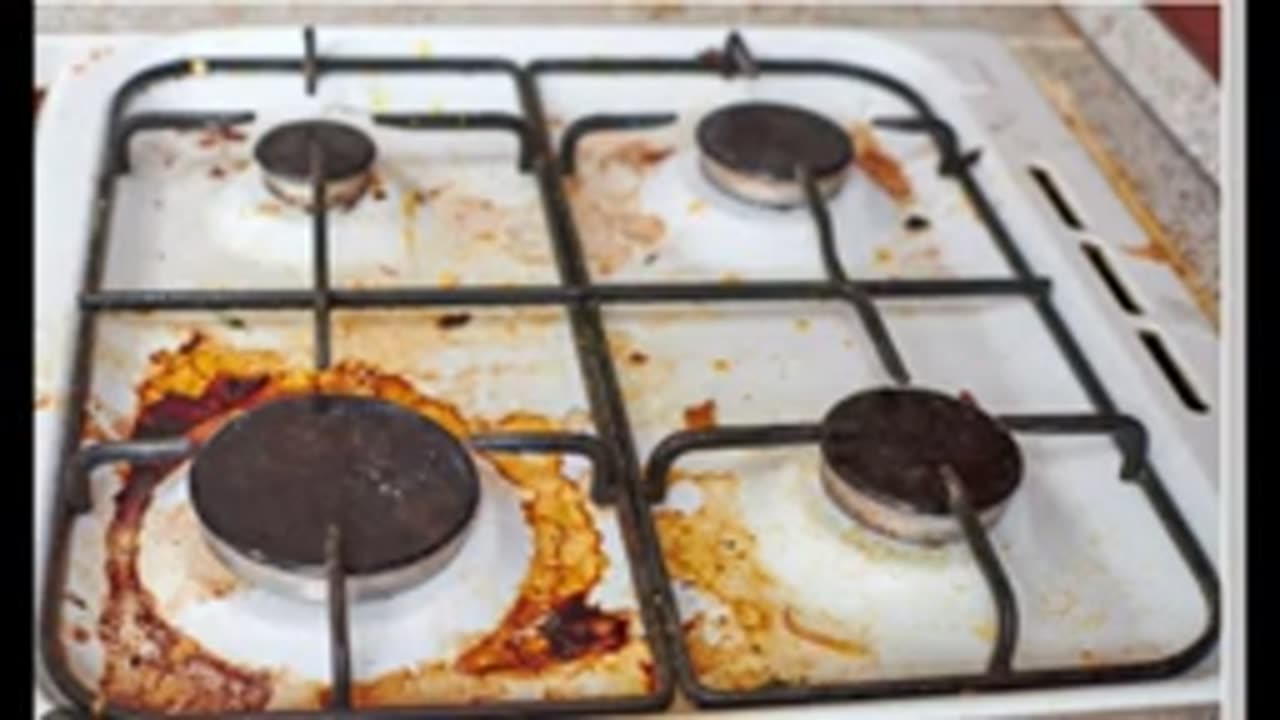Premium Only Content

FOOD SAFETY ACCREDITED CERT - HOW TO MAINTAIN KITCHEN SPONGE
The **Food Safety & Hygiene Level 2 Accredited Course (Part 2)** typically focuses on developing practical knowledge and understanding of essential food safety principles. Below is an outline of topics that are commonly covered in Part 2 of this course:
---
### **1. Cross-Contamination and Prevention**
- Definition and risks of cross-contamination.
- Practical steps to avoid cross-contamination:
- Separation of raw and cooked foods.
- Use of color-coded chopping boards.
- Cleaning and disinfection procedures.
---
### **2. Personal Hygiene**
- Importance of personal hygiene in food safety.
- Proper handwashing techniques.
- Hygiene standards for food handlers, including:
- Clean clothing.
- Hairnets or hats.
- Restrictions for ill food handlers.
---
### **3. Cleaning and Disinfection**
- Difference between cleaning and disinfection.
- Steps for effective cleaning:
- Use of appropriate detergents and disinfectants.
- Cleaning schedules and record-keeping.
- Cleaning hard-to-reach areas and equipment.
---
### **4. Temperature Control**
- Safe storage and cooking temperatures:
- Cold storage (below 5°C).
- Hot holding (above 63°C).
- Importance of the danger zone (5°C to 63°C).
- Use of thermometers to check food temperatures.
---
### **5. Food Storage**
- Correct storage procedures for different types of food.
- FIFO (First In, First Out) stock rotation system.
- Labelling and date marking.
---
### **6. Foodborne Illnesses**
- Common foodborne pathogens (e.g., Salmonella, E. coli, Listeria).
- Symptoms of food poisoning.
- Prevention of foodborne illnesses through proper food handling.
---
### **7. HACCP Principles (Hazard Analysis Critical Control Points)**
- Overview of HACCP as a food safety management system.
- Identifying potential food hazards.
- Monitoring critical control points (CCPs).
---
### **8. Legal Responsibilities and Documentation**
- Overview of UK food safety legislation.
- Employer and employee responsibilities.
- Keeping records:
- Cleaning schedules.
- Temperature logs.
- Delivery checks.
---
### **9. Waste Management**
- Safe disposal of food waste.
- Preventing pest infestations.
- Maintaining cleanliness in waste storage areas.
---
### **10. Final Assessment and Certification**
- Multiple-choice or practical assessment.
- Issuance of Level 2 Food Safety & Hygiene Certificate upon passing.
---
Would you like detailed content on any specific module or help with exam preparation?
-
 LIVE
LIVE
Jesús Enrique Rosas
2 hours agoEp. 51: Gates wants CENSORSHIP, Colbert MESSES UP, AOC meltdown, Hanks LEAVING and MOAR!
926 watching -
 1:45:47
1:45:47
The Quartering
4 hours agoHuge Censorship Law To Pass, Trump Endorses Johnson, TikTok is Saved? & Today's News!
33.2K21 -
 1:31:21
1:31:21
Tucker Carlson
3 hours agoBrigham Buhler: UnitedHealthcare CEO Assassination, & the Mass Monetization of Chronic Illness
94.6K96 -
 2:29:04
2:29:04
Nerdrotic
4 hours ago $5.99 earnedHappy New Years - Nerdrotic Nooner 454
41.2K2 -
 32:20
32:20
Rethinking the Dollar
3 hours agoThe U.S. Debt Crisis That Was "Made In America" w/ Paul Stone
22.1K6 -
 3:31
3:31
SLS - Street League Skateboarding
1 day agoCoco Yoshizawa’s 3rd Place Finish at SLS Tokyo 2024 | Best Tricks
24.1K3 -
 46:15
46:15
Grant Stinchfield
22 hours ago $7.09 earnedNew: The COVID Cover-up Revealed! Team Biden Caught in a Big Lie!
25.2K6 -
 2:35:08
2:35:08
The Shannon Joy Show
17 hours ago🔥🔥LIVE Exclusive W/Daniel Horowitz - New Year 2025 Analysis On Culture, Economy & Politics🔥🔥
29.9K7 -
 33:14
33:14
Tudor Dixon
3 hours agoThe World Walk with Tom Turcich | The Tudor Dixon Podcast
20.6K -
 7:29:48
7:29:48
PudgeTV
9 hours ago🔴 Gaming on Rumble - Marvel Rivals | Iron Man's Armory: Equipping Groot and Jeff for Battle
28.2K2